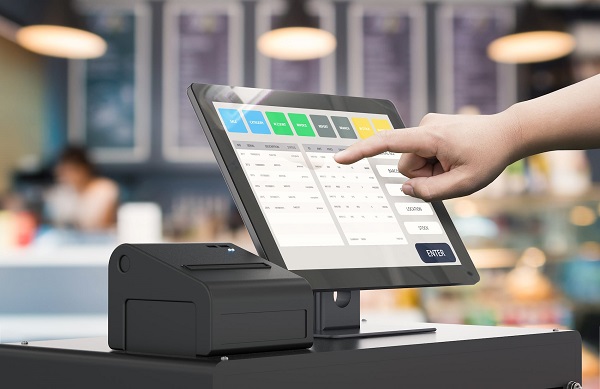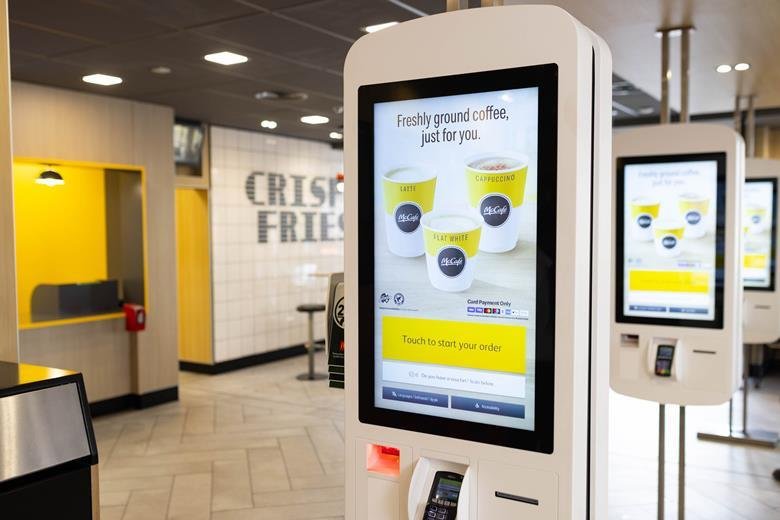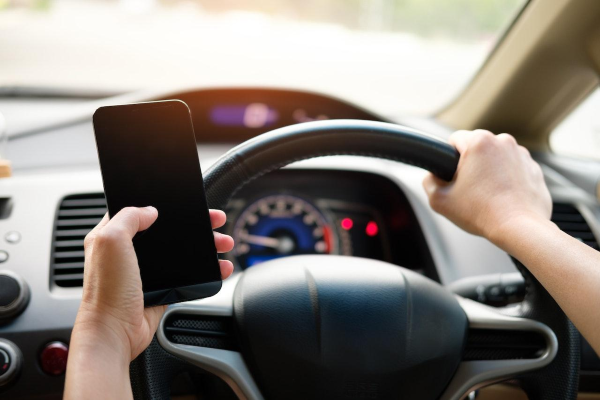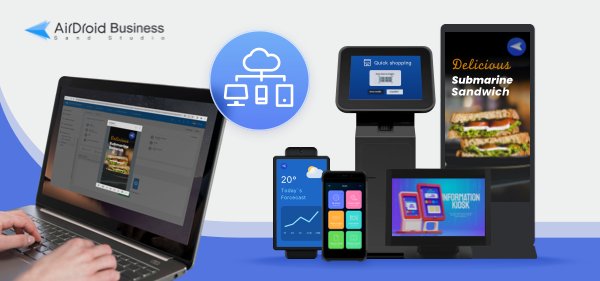Android MDM Software: Enhance Device Management Efficiency & Productivity
As Android devices are becoming more and more numerous worldwide (they have a 70.69% market share against iPhones globally, and there are over 3 billion Android devices currently active in the world), they are gaining traction in the business environment as well. They are, undoubtedly, becoming an integral part of daily operations across various sectors and departments.
From smartphones to tablets, these versatile tools offer flexibility and mobility that empower employees to stay connected and productive, no matter where they are. However, the increasing reliance on Android devices also brings new challenges, particularly in terms of efficient management and security. This is where Android MDM software comes into play.
In this article, we’re exploring what Android MDM Software is, how it can be implemented, and how to use it.
1Android MDM Software Explained
Android Mobile Device Management (MDM) software is a tool that allows businesses to centrally manage, monitor, and secure the Android devices that are used by their organizations.
It enables IT administrators to enforce security policies, deploy apps, track device usage, and remotely wipe or lock devices if needed. By doing so, MDM software helps organizations protect their data, improve performance and productivity, and reduce costs.
The following are MDM software’s main features at a glance:
- Mobile Application Management:
Android MDM software allows organizations to create private app libraries that are accessible only to authorized employees.
Furthermore, it allows IT admins to remotely install or uninstall applications on multiple devices. It also helps administrators to define specific permissions for each app, controlling what data each app can access.
Last but not least, with MDM software IT teams can set rules for automatic updates, ensuring that all apps are kept secure and functional without requiring manual intervention.
- Remote Monitoring, Tracking, and Controlling of Android Fleet:
With MDM software tools an IT team can monitor any device in the fleet in real-time. This way, they are able to identify threats, improper use, and unauthorized access, and they are also able to offer immediate support when needed.
p>Admins can also track the physical location of every device and even set up virtual boundaries to control from which location employees are accessing sensible data.
- Detect Abnormal Device Behaviors and Trigger Workflows to Resolve Them:
Set up alerts to detect unusual behavior like unauthorized access attempts.
In response to that, it can send notifications and also trigger preset workflows. In the case of an unauthorized access attempt, to continue with the same example, it could automatically lock the device until the situation is resolved.
- Bulk Actions to Reduce Workload:
The same actions can be performed on the entire device fleet, or one or more groups of them.
This would drastically reduce the time and effort that IT teams are required to manage large fleets and keep every device updated and secure.
Bulk actions include file transfers, remote shutdown or reboot, updates and more.
- Customize Android Device Usage:
Admins can customize every device by determining, for example, what apps can be used on every device, restricting access to certain apps, locking others, and so on.
This is known as the Android Kiosk Mode and it becomes extremely useful to enhance control and security over devices fleets.
With MDM solutions, admins can also create customized policies that govern how devices can be used within the organization.
These policies can control everything from network access to camera usage, and data sharing, and they ensure that each device aligns with the company’s security protocols and usage guidelines.
2Different Management Modes for Android Devices
MDM for Android provides businesses with multiple management modes that they can use on their Android devices to implement tailored control levels and ensure that devices are managed effectively based on the organization’s needs and security protocols.
Device Owner Mode
The Device Owner mode is typically used in those businesses that use their own devices, meaning that they provide devices to their employees and collaborators so that each device in the organization’s network is company-owned.
This mode offers full control over Android devices: they are typically set according to the enterprise's precise requirements and needs and provide the MDM admin full authority over the devices’ settings, performance, access, and more.
Device Owner mode is typically used to enforce organizations’ security policies, manage their applications, and restrict and/or monitor device usage. It could be used to restrict the use of devices so that employees can’t use them or personal purposes but only for work: this is an important safety feature because it prevents devices are used improperly and exposed to useless risks.
Profile Owner Mode
Although some companies provide their employees with the devices they need for their work, in the majority of them, employees perform their work with their own tablets and smartphones. This could jeopardize the organization’s safety and efficiency, but MDM software in the Profile Owner Mode solves the problem.
This mode creates a separate work profile on the device, isolating corporate data personal data, and apps from personal ones. It allows the organization to manage and secure only the work-related aspects of the device, ensuring data protection and compliance without infringing on the user's personal privacy.
Kiosk Mode
In the kiosk mode, devices can be locked down to run only selected applications, preventing users from accessing other functions or settings. This mode ensures that the device is used solely for its intended purpose, reducing the risk of misuse or tampering. It's particularly useful in organizations where devices are shared among multiple users or need to function in a controlled environment, such as digital signage, point-of-sale systems, or interactive kiosks.
3Implement Android MDM Software Across Various Industries
Devices like laptops, tablets, and smartphones are widely used in the workplace across many industries. In this paragraph, we’re analyzing the main sectors where devices, and therefore Mobile Device Management for Android, are used.
Retail
In a retail environment, devices like tablets and smartphones are commonly used to enhance customer service and streamline operations. Tablets often serve as point-of-sale (POS) systems, allowing staff to process transactions quickly and efficiently from anywhere in the store.

Additionally, tablets can be deployed as self-service kiosks, enabling customers to browse products, check prices, and place orders independently. Smartphones may also be used by employees for inventory management, customer assistance, and mobile checkout, making the retail experience more flexible and convenient for both staff and customers.

💡How can MDM software help?
In the above-described scenario, Android MDM solutions can be used to lock down those Android devices that are used as POS systems. This way, admins can create a safe digital space to only perform retail-related operations.
Advertising
The advertising industry uses tablets, TVs, and other devices placed in shopping centers, large buildings, public squares, fairs, and more to display advertising content.

💡How can MDM software help?
In this industry MDM becomes a remote content management tool that allows admins to control which content is displayed on each screen and when from a single dashboard, and from any location.
Transportation and Logistics
Transportation and Logistics is the sector where MDM software is not only useful but it makes all the difference. In a transportation company, the internal IT system would include a central computer that manages all the operations, and mobile devices for work that drivers would use to run their tasks (tablets and smartphones to manage their roots and daily routines, and other vehicle-mounted equipment).

💡How can MDM software help?
With MDM software, every device in the transportation company’s network can be managed, monitored, and maintained, from a single dashboard. Routes, traffic notifications, vehicles’ health state... every useful data would be gathered and analyzed from a single platform.
This can bring massive advantages to the company’s management capabilities: they could optimize the routes thanks to the information coming from the GPS sensors and traffic data, they could provide information to the drivers on how to optimize their driving style based on fuel consumption, they could maintain each vehicle in perfect health thanks to the data collected by the sensors and elaborated in the MDM software.
4Steps to Use MDM Software for Android
In this section, we’re exploring how to set up and use AirDroid Business MDM software, a leader in the sector, as a reference.
- Step 1.Bulk Devices Enrollment
- The first thing to do is follow the enrollment guide to enroll the Android devices into the MDM system.
AirDroid Business MDM provides multiple enrollment options, including Device Owner, Zero-Touch, AE and more, allowing organizations to select the most suitable method based on guidelines.
- Step 2.Distribute Apps
- When the devices are enrolled, they can be equipped with the work-related applications. AirDroid Business allow admins to install/update/configure/monitor and control applications remotely.
- Step 3.Create and Configure Policy & Kiosk Profile
- Administrators can now create and apply policies that govern the use of Android devices. These policies can include:
- security settings (Like password requirements, encryption, and more)
- usage restrictions (like blocking certain apps or websites, disable certain functions)
- compliance rules.
- Step 4.Start Remote Monitor & Manage Device Fleet
- The final step involves the ongoing management and monitoring of the device fleet. Administrators can remotely track device performance metrics, monitor compliance with policies, and detect any issues that arise.
Remote monitoring and management ensure that the entire fleet of devices remains secure, functional, and aligned with organizational objectives over time.

5EMM vs MDM vs UEM
Before we conclude this detailed article about MDM software, it could be useful to understand how it is different from EMM (Enterprise Mobility Management) and UEM (Unified Endpoint Management).
While the three of them are all tools to manage and secure devices within an organization, they are different in their scope and functionalities:
MDM is primarily focused on managing mobile devices such as smartphones, tablets, and laptops. These devices are very mostly Android-based and that’s why MDM software specifically aimed at Android devices.
EMM includes some features of MDM but it is also aimed at managing content and data.
UEM is a very comprehensive and complex solution that unifies the management of all devices and endpoints, including desktops, laptops, and IoT devices such as sensors.
6Our Advice
Business seeking Mobile Device Management solutions should opt for a tool that provides a comprehensive set of features, including remote device monitoring, app management, and the ability to enforce customized security policies
AirDroid Business is one of the most recommended choices. It can help ensure that your Android device fleet operates securely and efficiently, aligning with your organizational goals. Its versatile tools and user-friendly interface make it a strong option for enhancing productivity across various industries while maintaining high security standards.
MDM software ensures that the organization can manage the devices in use effectively, optimizing performance, and safeguarding employees and the company’s data.






Leave a Reply.